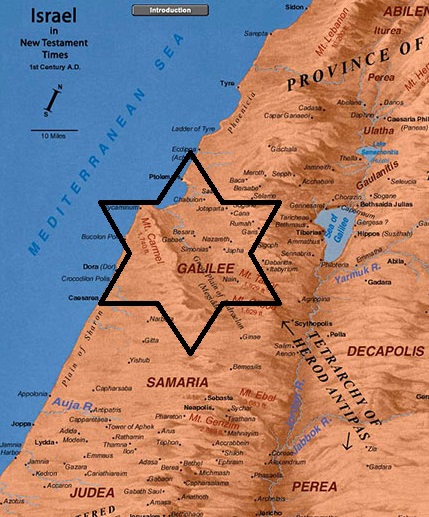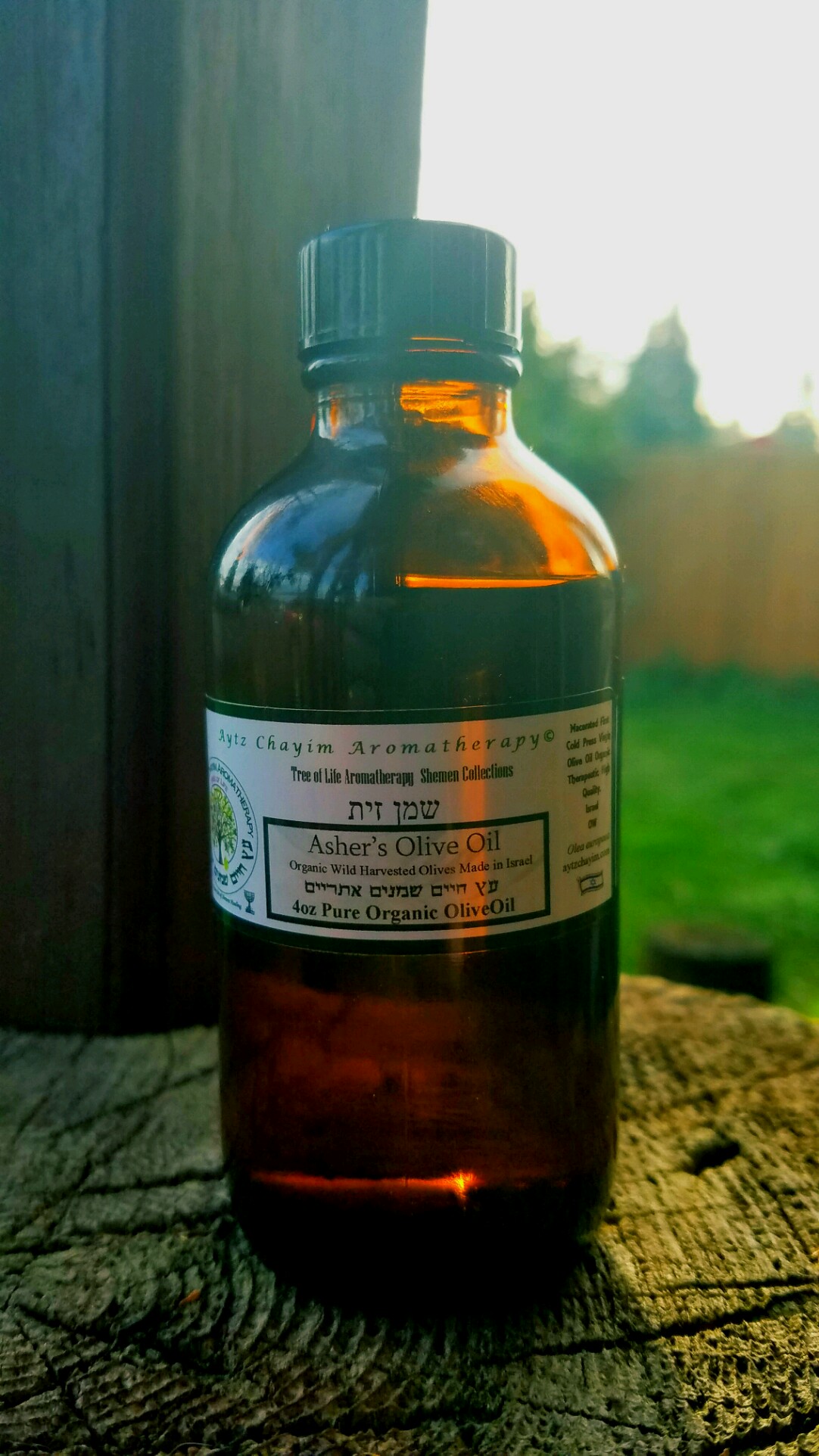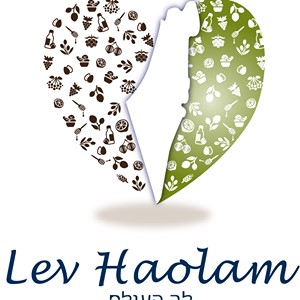I receive a lot of questions specifically from Christians about the meaning of Gethsemane? And from many people asking why did it take so long to get the oil for the Temple Menorah in the Chanukah story? Was the oil acquired from Asher’s potion of land? So I will try to answer these two questions and a few others here.
Gethsemane; Hebrew: גת שמנים literally means Oil Press
Geth=Press
Shemenim-Oil
This is not a Garden like most would assume. Without reading the texts itself I assume it is a mistranslation from Aramaic Hebrew into Greek. it might be the word Grove translated to Garden, but the Hebrew word for oil press is not a garden. The cave where olive oil was pressed in the late summer early fall months in Jerusalem is where the Olive Oil Press (Geth Shemenim) was kept. This is most likely where the olive oil for the Temple Menorah was pressed without having to wait for the oil arrive miles away.
This would be located on the Mount of Olives where groves of Olive Trees would grow and next to it would be a Geth Shemenim (Olive Press) that is located in a cave. Some Scholars say that the Mt of Olives were under the control of the Tribe of Asher who made the olive oil for the Temple Menorah so would not have to travel so far to the Galilee Gush Halav which was Asher’s portion.
During the Roman rule the Temple Priest that were appointed by Rome controlled the Mt of Olives Oil Press. And would often use the space to house many Priests of the Temple, and Rabbis Scholars. This was only in the Spring and Summer mainly for the hagim (holidays) of Pesach and Shavuos.
The children of Asher were healthy, emotionally and spiritually, fit to be high priests—each one of them. Although the priests came from the tribe of Levi, since Asher’s daughters married priests, his grandchildren were eligible for and eventually served in the position of high priest. So although Asher’s tribe was not numerous, the children were of such exceptional quality that one child gave their parents as much nachas (satisfaction) as many children combined. This might explain why Asher had a Geth Shemenim (Oil Press) and planted the olive tree grove near the site of Holy Temple so that oil could be readily made for the service of the Temple Menorah. Because tribe of Asher planted the Olive trees on Mt of Olive thus is where it gets it’s name today.
 Olive press cave in Ancient Merisha with a Cedar of Lebanon to assist in the pressing process..
Olive press cave in Ancient Merisha with a Cedar of Lebanon to assist in the pressing process..
Archaeology has shown that olives presses were generally located within buildings or caves, such as this one in ancient Merisha. Olive oil production was done in the fall when the air temperatures are cooler. Since olive oil gels more solid in cooler temperatures, oil production was done inside buildings or caves where air temperature could be controlled.
Most likely a cedar of Lebanon was a integral part of the main oil press because of it’s strength, plus Shlomo HaMelech (Solomon son of King David) build the Temple with the same wood. Can you imagine the oil press cave was the smell of olive and cedar? Wow!
The Sages tell us that it would take 8 full days to create olive oil for the Temple Menorah in the Chanukah story.The miracle of Chanukah that we commemorate was that the oil burned for 8 days, until they were able to replenish it. Why did it take 8 days to make new oil for the menorah? The normal process for making oil doesn’t take that long. Furthermore the Talmud (peah) discusses the olive trees produce is so full that oil literally leaks out. Couldn’t they have accessed usable oil more quickly?
One Answer is One opinion is that the oil was produced in a region that was a four days journey from Jerusalem. This is the explanation of the Ran on Shabbos 21b. The Meiri identifies the oil producing region as Tekoa. Another answer is that the delay was because they were all in a state of tumas meis – ritual impurity resulting from contact with dead bodies of many priests that were killed in the sqirmish, and it takes seven days to be purified from such tumah. Only after they were tahor – ritually pure – would they be able to produce ritually pure oil.
In my opinion I think the answer is a combination of both. The Temple was ransacked and so most likely so was the local Geth Shemenim (oil press) on Mt. of Olives as well, so they would had to travel a 4 days journey on foot to Tekoa. Which Tekoa?
There is the Tekoa in the desert of modern Israel that letters of Shimon Ben Kosiba, leader of the Jewish Bar Kokhba revolt against Roman occupation (132-135 CE), were found in a valley near Tekoa. But it is not this Tekoa which the olive oil came from. This Tekoa was located in the Judean desert.
The Galilean Tekoa is identified today as Hurvat Shema, adjacent to Meron, and is 700 m above sea level. Gush Halav is not far away, and it seems it is at a slightly higher altitude where Olive Trees would flourish.We also hear about Tekoa and Gush Halav in another place in relation to oil. The Mishna (Menahot 8:3) states that “Tekoa has the choicest oil.” That is, its oil it was good for the minhah sacrifices, and even more importantly, it is optimal for lighting the Menorah in the Beit Hamikdash, for which the oil must be of the highest quality.


It is quite possible it took four days to get message that the oil press in Tekoa was not ransacked and would have taken additional four days of travel to and from Tekoa for the oil supply for the Menorah. Some scholars say that it took four days on foot both ways which would be eight days. Either way this seems to be more plausible.
A side note the Talmud relates that Yoav ben Tzruya went to bring a wise woman from Tekoa to convince King David to allow Avshalom to return home. In this context, it quotes R. Yohanan, the famous Galilean Amora: “Since they are used to [eating] olive oil, they are wise.” Right after this statement, the Talmud discusses the blessing Moshe gave to Asher: “He dips his foot in oil,” which was fulfilled in full in his portion, citing the large quantity of oil produced in Gush Halav (which is in Asher’s portion). Since these two accounts are mentioned in close proximity to each other, we learn that Tekoa discussed in the Talmud is the one in Asher’s portion, not in Yehuda’s.
In addition, in the Jerusalem Talmud (Shviit 9:2), Meron is mentioned in place of Tekoa (the former being directly adjacent to Hurvat Shema, identified as the Galilean Tekoa), with only the Akbara Stream (at the Meron parking lot segment) separating them. Pinchas Na’aman states the 13th-century the Arab geographer Yakut mentions the excellent date honey in the Judean Toqoa, but does not mention olive groves in this context.
The Temple Institute, an educational group dedicated to preparing the vessels for a third Temple, has produced pure olive oil fit for use in the menorah of the Temple for what it says is the first time in 2,000 years in a modern day Geth Shemenim (oil press) facility in the Galilee. In 2015 this olive oil was created for the Temple Menorah in Jerusalem. Very exciting, I’m sure it is not the end of the story yet!

















